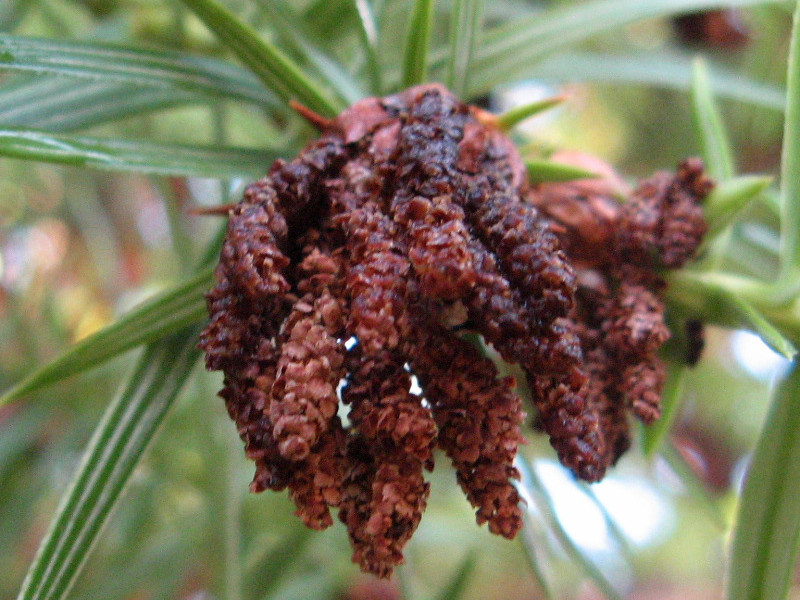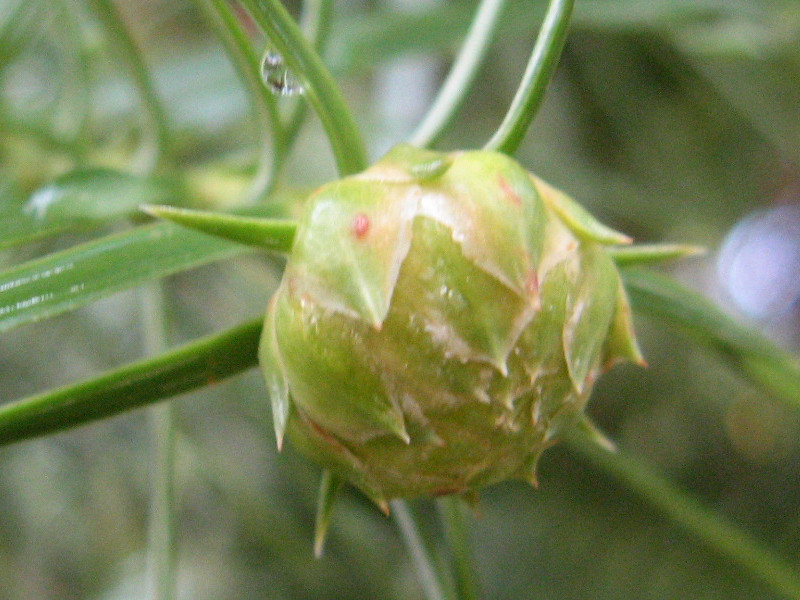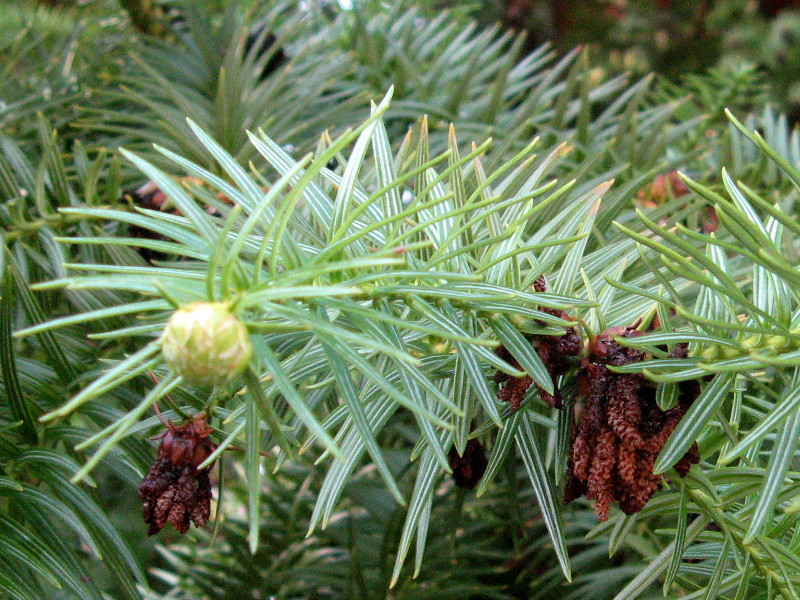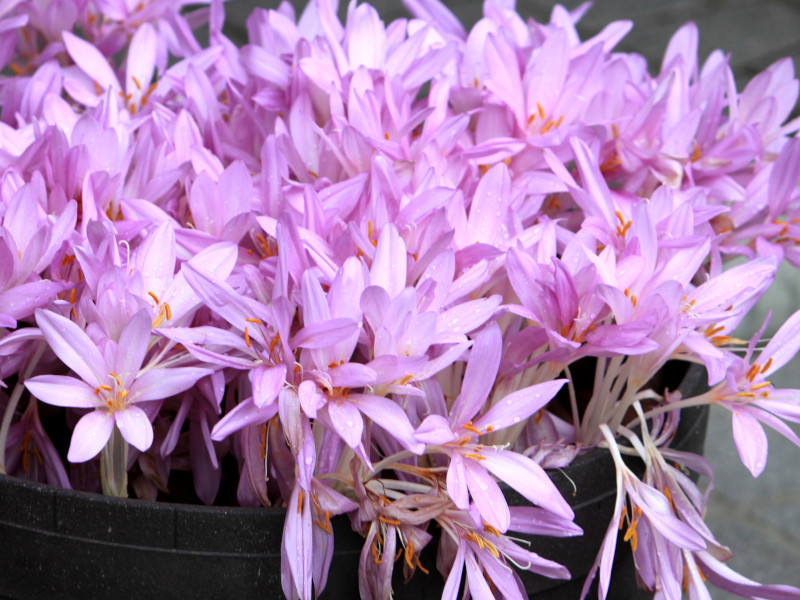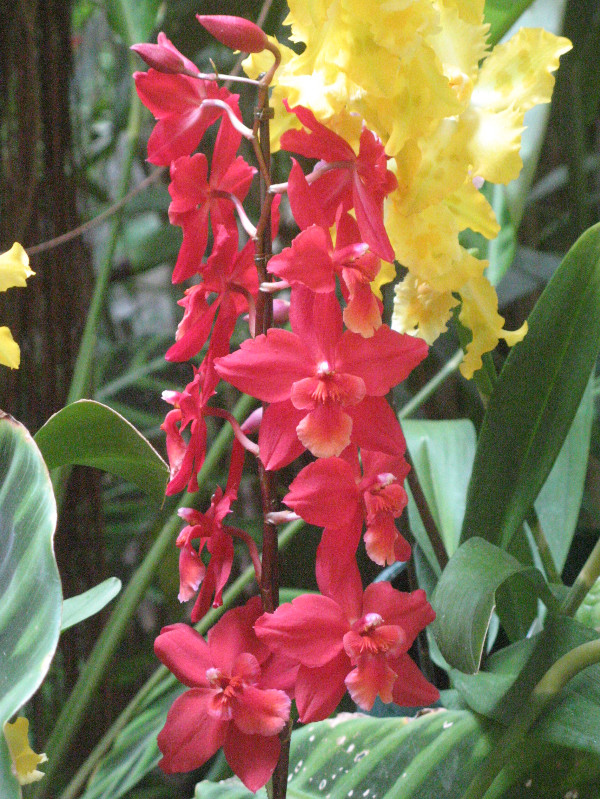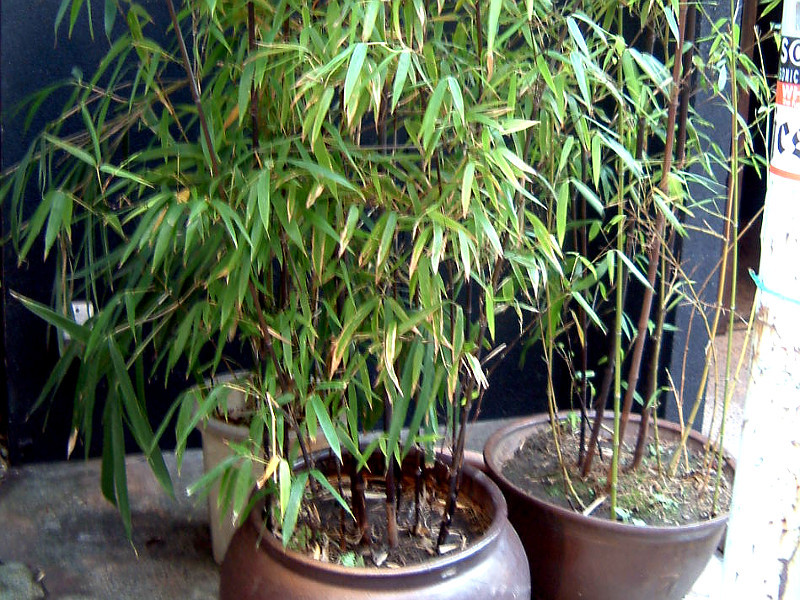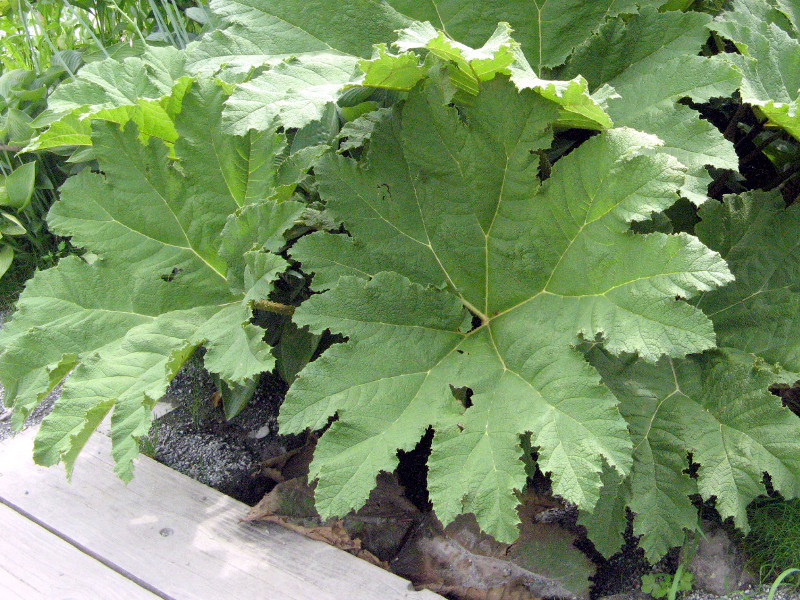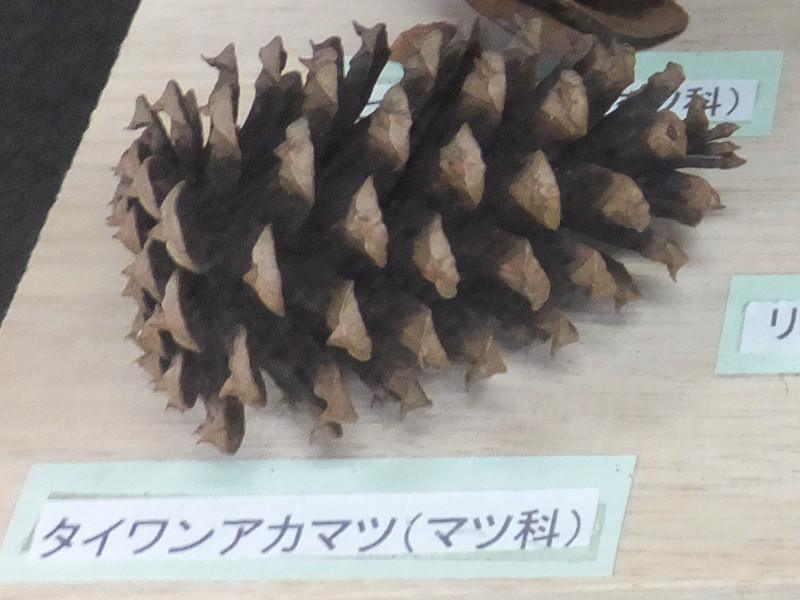Chinese fir tree
- Flower nameChinese fir tree
- Scientific nameCunninghamia lanceolata
- Aliasカントンスギ, リュウキュウスギ, オランダモミ, 琉球杉, 阿蘭陀樅, 広葉杉, 関東杉
- Place of originChina
- Place of floweringBotanical Gardens
- Flowering seasonApril
What is Chinese fir tree
Chinese fir tree (Scientific name: Cunninghamia lanceolata) is known as Cedar representing the Chinese Department of Chinese FIR Chamaecyparis species Chinese FIR Evergreen coniferous trees. And erect stem, has a large cone-shaped Crown. Bark black with vertical gaps. In the long lanceolate leaves a flat tip acute poison spike 2 columns form the pinnately compound leaves. There are fine serrated leaf edge. Monoecious with male tufted branches, and the female only occurs. And bloom in the spring, will be ovoid acorns in the fall. Brown and green berries ripen branches each fall.From termite-resistant so the brittle material is planted as the trees of Park trees and shrines in Japan not used in building materials and furniture.
Common name: Chinese fir tree, Scientific name:Cunninghamia lanceolata, Other name Canton SG (Kanto Cedar), Ryukyu Cedar, Holland FIR, Place of Origin: China, Living Type: Evergreen Coniferous Tall Trees, Growth: Low density and prone to breakage, due to fast, Crown: broad conical; trunk: upright; height: 20-30 m; trunk diameter: 1 m; bark: black-brown and longitudinally lobed, Leaf color: dark green, leaf shape: lanceolate, long, Inflorescence: alternate, leaf blade: 3-6 cm, leaf shape: flattened and long-lanceolate, acutely pointed with two rows of pinnate compound leaves, leaf margin: finely serrated, Flowering time: April, dioecious, dioecious, inflorescence diameter: 5~6 cm, male flowers: light brown tubular (long oval) flowers clustered together at the ends of branches, male flowers length: 1 cm, dioecious, Female flowers: single, yellow-green, ovoid, spherical with a head at the tip of the branch; female flowers: 3-4 cm long; fruit: hard-packed, Fruit shape: ovoid and winged, fruiting season: October-November, cone: 3-5 cm, the whole branch falls off when ripe. A bud emerges from a broken branch, Cone Color: Green to brown; Seeds: Flattened, oval, yellowish brown with wings (3 per fruit scale), Remarks: Has broad leaves similar to cedar, uses: park trees, shrine trees, furniture (white ant resistant but with low wood density).
